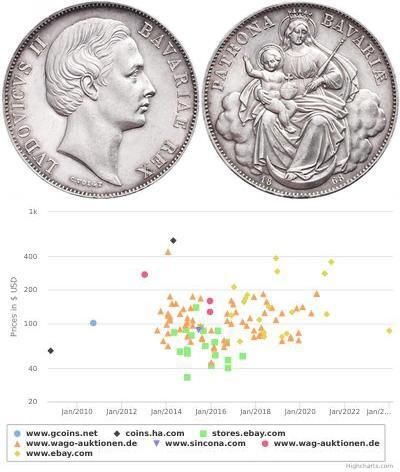(Vendue pour $8.0)
1219, Zengid Dynasty, Qutb al-Din Muhammad. Bronze Dirham Coin. F+
Culture: Zengid Dynasty Denomination: AE Dirhem Reference: Album 1880.2. Mint Period: 1197-1219 AD Ruler: Qutb al-Din Muhammad, 1197-1219 AD Condition: Pitted by corrosion, two tooling (old test-marks or piercing attempts), otherwise G-VG. Weight: 10.46gm Diameter: 25mm Material: Bronze
Obverse: Bare-headed, draped, and cuirassed male Roman-style bust left, holding spear and scepter. Reverse: Names and titles of Abbasid Caliph al-Nasir and Qutb al-Din Muhammad bin Zengi in five lines across field; name continued to right and left; Zengid tamgha in exergue.
The Zengid (or Zangid) dynasty was a Muslim dynasty of Turkish origin, which ruled parts of Syria and northern Iraq on behalf of the Seljuk Empire.
The dynasty was founded by Imad ad-Din Zengi, who became the Seljuk Atabeg (governor) of Mosul in 1127. He quickly became the chief Turkish potentate in Northern Syria and Iraq, taking Aleppo from the squabbling Artuqids in 1128 and capturing the County of Edessa from the Crusaders in 1144. This latter feat made Zengi a hero in the Muslim world, but he was assassinated by a slave two years later, in 1146.
On Zengi's death, his territories were divided, with Mosul and his lands in Iraq going to his eldest son Saif ad-Din Ghazi I, and Aleppo and Edessa falling to his second son, Nur ad-Din, atabeg of Aleppo. Nur ad-Din proved to be as competent as his father. In 1149 he defeated Raymond of Poitiers, Prince of Antioch, at the battle of Inab, and the next year conquered the remnants of the County of Edessa west of the Euphrates. In 1154 he capped off these successes by his capture of Damascus from the Burid dynasty that ruled it.
Now ruling from Damascus, Nur ad-Din's success continued. Another Prince of Antioch, Raynald of Châtillon was captured, and the territories of the Principality of Antioch were greatly reduced. In the 1160s, Nur ad-Din's attention was mostly held by a competition with the King of Jerusalem, Amalric of Jerusalem, for control of the Fatimid Caliphate. Ultimately, Nur ed-Din's Kurdish general Shirkuh was successful in conquering Fatimid Egypt in 1169, but Shirkuh's nephew and successor as Governor of Egypt, Saladin, eventually rejected Nur ad-Din's control.
Nur ad-Din was preparing to invade Egypt to bring Saladin under control when he unexpectedly died in 1174. His son and successor As-Salih Ismail al-Malik was only a child, and was forced to flee to Aleppo, which he ruled until 1181, when he was murdered and replaced by his relation, the Atabeg of Mosul. Saladin conquered Aleppo two years later, ending Zengid rule in Syria.
Zengid princes continued to rule in Northern Iraq well into the 13th century, ruling Mosul until 1234; their rule did not come finally to an end until 1250.
Qutb ad-Din Muhammad was the Zengid Emir of Sinjar 1197–1219. He was successor of Imad ad-Din Zengi II.
Only 1$ shipping costs for each additional item purchased!
100 Mon Japon Bronze
Le groupe a 7 pièces / 5 prix
⇑















